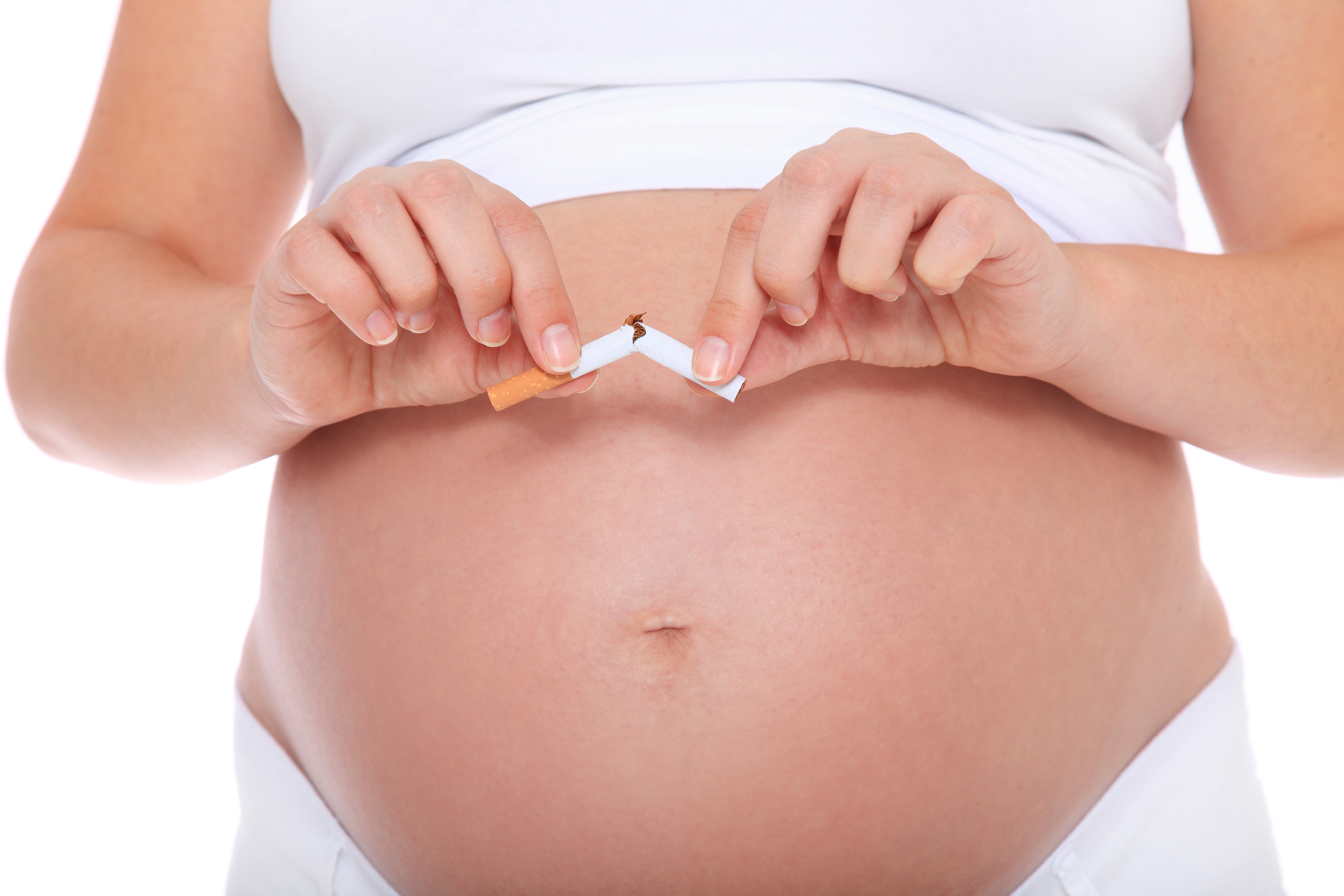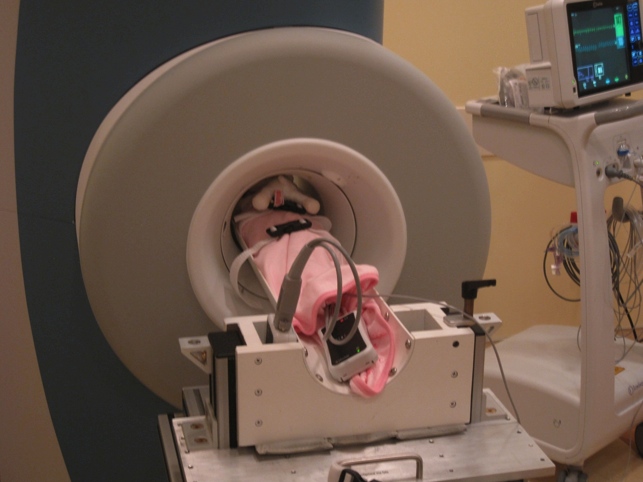
by All Things Neonatal | Aug 29, 2015 | Neonatology
During a recent trip to Italy I couldn’t help but notice how common smoking continues to be in this country. From speaking with several people there I also understand it is not uncommon in many countries throughout Europe. Thankfully many countries are introducing smoke free legislation and as a Neonatologist I couldn’t be happier. I doubt there is anyone out there who would suggest that smoking is not without risk in pregnancy. Those who persist in this habit may argue that the risks are overstated but it would be tough to argue that there are no increased risks at all.
While taking a break from enjoying the sites that Italy has to offer I came across an article published in Nature this past week entitled “Impact of smoke-free legislation on perinatal and infant mortality: a national quasi-experimental study” addressing the impact of smoking on stillbirth and newborn death rates in England. Examining the period from 1995 – 2011 which included the introduction of smoke-free legislation in 2007 the authors demonstrated immediate and dramatic benefits to pregnancies in England The study was massive with 52,163 stillbirths matched to 10,238,950 live-births.
Impact of Smoke Free Legislation
Smoke-free legislation was associated with an immediate 7.8% (95%CI 3.5–11.8; p < 0.001) reduction in stillbirth, a 3.9% (95%CI 2.6–5.1; p < 0.001) reduction in low birth weight, and a 7.6% (95%CI 3.4–11.7; p = 0.001) reduction in neonatal mortality.
As if those numbers isn’t impressive enough, in the four years following the legislation it is estimated that this translated into 991 less stillbirths, 5470 cases of low birth weight (many of whom would need admission) and 430 less neonatal deaths!
Surely this would translate into a dramatic reduction in women who smoke but sadly at least in many parts of the world it does not.
While many women quit in anticipation of an upcoming pregnancy or once they find out they are pregnant, many more do not. In several studies the percentage of women who quit smoking after the first pregnancy ranges from 25-31%.
Complications such as increased rates of stillbirths, fetal growth restriction and hypertension I thought would lead a woman to clearly choose to stop before the next pregnancy but as mentioned this is not the case in the majority of pregnancies. In no way do I believe that such women are immoral or insensitive to the risks to their babies but rather this underscores the severity of the addiction that such women face. I continue to be amazed at what women will subject themselves to in order to protect the life growing inside them but when it comes to keeping a stick of burning tobacco out of their mouths many are incapable.
How Successful Are Women At Quitting From One Pregnancy to The Next
DT Tran and colleagues examined an Australian cohort of women in a paper entitled “Change in smoking status during two consecutive pregnancies: a population-based cohort study”. The authors had the benefit of having access to a very well-organized database in Australia and were able to examine 183385 women who had subsequent pregnancies and determine those who were smokers and then quit for the second and those who were not and took up the habit in the second pregnancy. The data they use has been shown in previous work to be highly reliable in terms of accuracy of maternal smoking status during pregnancy.
They were curious to see how Australia’s campaign against tobacco use in pregnancy had been working so wished to compare smoking cessation rates with other previously reported populations. ]Overall 33.5% of women who smoked in a first pregnancy quit before the next one and of those who never smoked in the first pregnancy 3.6% smoked in the second. These results are somewhat better than those previously reported but certainly do not shoot the lights out in terms of effectiveness.
It was their additional finding however that I found intriguing and wished to share as I believe it is quite interesting and allows for some speculation. Mothers who were >24 years old, married, born in a non-english speaking country or lived in a higher social demographic were more likely to quit. Additionally, mothers who had an inter-pregnancy interval of 3 years or longer were more likely to quit. There may not be much surprise there as the older mother who has obtained a little more wisdom and is less inclined to be swayed by peer pressure may also be more successful in quitting. Furthermore, mothers who are pregnant less frequently may have more time to quit and moreover come from a higher demographic population depending on circumstance.
Motivating Factors to Quit
What was unusual though in this population was the finding that mothers who had experienced gestational hypertension, had a stillbirth or an LGA infant were more likely to quit while those who had an SGA infant or had an infant admitted to NICU were less likely to quit. For women who took up the habit in the second pregnancy, late seeking of prenatal care, gestational diabetes, preterm birth, C/S, SGA infants and a previous infant admitted to NICU were all risk factors for starting to smoke. All of these factors showed statistical significance.
From this very large population cohort it would seem that having lost an infant as a stillbirth is a very compelling reason to quit but having had a small baby or one admitted to the NICU is not. There has been much talk about smoking and the risks of stillbirth as mentioned in the article at the start of the piece but I suspect the risks of small babies or those needing NICU admission has not garnered the same attention.
There is not much that we as Neonatal care providers can do prior to admission to the NICU but perhaps for those who are admitted and are born to mothers that smoke there is an opportunity here for advocacy. It may well be that we as practitioners have been unaware of the impact of smoking on our resources. NICUs around the world are running out of room and in need of expansion due to continuing demand. I think the time has come to identify these women in hospital and talk to them about smoking as part of discharge planning. We do this of course for our kids with BPD as we worry about their lung function in a smoke-filled environment but can we as providers do a little more to educate those who seemingly are not as high risk (think the 1900g SGA infant) and help get them on track with a smoking cessation program? As you can tell I think the answer is yes and it is a little something each of us should do as together it may have a large impact on a global scale.

by All Things Neonatal | Aug 24, 2015 | Neonatology
As I write this post the stock markets in around the world are in a free fall. The DOW Jones is down nearly 1000 points and with it I can only imagine the mood of those in business around the globe. I find myself though rather calm this morning as I write this, not because I am not exposed to the stock market, but due to the safety that exists in the health care sector.
I recall vividly on the opening day of medical school hearing the Dean of Medicine say the following.
“If any of you applied to Medicine to earn a lot of money I would like you to take a look at the exit doors and consider walking out and going to the school of Business. This is where true wealth is created”
As you can tell I didn’t run for the door but over the next few years I did watch as friends who went through the business world achieved remarkable things in terms of status that I could only dream of. Homes, cars, toys, you name it, they came early to those who avoided the lengthy and poorly paid course of medicine. Eventually though that all ended when I finally finished and entered the working world but there is no question that the Dean was right. You see in Medicine, especially Neonatology we don’t have what you would call scalable earnings. I can’t create more supply of babies and even if I could it would not be without doing a lot of extra work. Also, there are only 24 hours in a day so really there is a limit to how many patients I can see and there is a linear relationship with workload. Contrast that with someone in business who is selling a gadget. It doesn’t take twice the work to ship twice the number of gadgets therefore it is scalable and very profitable. The downside though is that when the demand for the gadgets drops off in times of financial crisis such as “Black Monday” your profits and income can drop as quickly as they have risen.
As I sit and write this today I am grateful that I work in this non-scalable industry of health care and more specifically Neonatology. As long as I do a good job and continue to work I think there is little risk of a contracting workforce. There is a risk that a drop in birth rate or marked reduction in admissions due to a reduction in premature birth could lessen the need for my profession but I don’t see that happening any time soon. All indications in the media, through health care benchmarking and by my own eyes tell me that my job is fairly secure.
It is human nature though to covet those things that we don’t have or can’t reach. I won’t have a private jet, mansion on the ocean or the ability to drink the finest wines as my everyday stock but I do have something far better. I take care of newborns and their families. I love what I do and barring any of the above changes in demand for my services I will be able to do this and earn a decent living from it until I am long in the tooth. Whether you are a Neonatal nurse, dietician, RRT or any one of a number of the critical pieces that help run the NICU on a daily basis be grateful for what you have. No one can take it away from you whether the markets are up, down or sideways.
Lastly while those in business today are staring at this.

Be very glad that every day we get to stare at this…

Any concerns you have had with this turmoil will feel a lot better when you just turn your head from the screen and look at the baby in front of you. We have a job to do and if we stick to it we will accomplish great things for babies and families while providing safely for our own families.

by All Things Neonatal | Aug 17, 2015 | Neonatology, neurology
I suppose I am as guilty as anyone with respect to the evolution of this story. Twenty years ago early and late cranial ultrasounds were employed to give clinicians some guidance as to what to tell parents about their growing preterm infant. Blood seen on early ultrasounds might influence aggressiveness of care or help us remain vigilant for the development of evolving hydrocephalus. Similarly, late cranial ultrasounds might detect periventricular leukomalacia or other white matter injury and alert us to a higher risk of cerebral palsy. Then things changed with the widespread availability of MRI. As I have mentioned to countless parents, MRI compared to ultrasound is like comparing an old 1 megapixel camera to a modern day 18 megapixel. The resolution is simply much better and with it our ability to see things that previously escaped our detection.
As utilization of MRI increased so did publications pertaining to its findings. With the enhanced clarity, white matter lesions that were previously missed became evident and imaging of the posterior fossa or specifically the cerebellum improved as described by Tam et al. Bleeds in this area that were previously missed could now be readily seen, although more recently use of the mastoid view when performing cranial ultrasound may pick up many significant lesions as well. Fear in the medical community arose in 2007 after a paper entitled Does Cerebellar Injury in Premature Infants Contribute to the High Prevalence of Long-term Cognitive, Learning and Behavioral Disability in Survivors by Limperopoulos et al. In this study of 86 patients overall, presence of cerebellar injury with or without supretentorial lesions was associated with neurodevelopmental impairment in 66% versus 5% of age matched controls. Given that cranial ultrasound may miss such cerebellar lesions it seemed prudent to begin imaging all high risk patients at term to determine if there was a significant risk of long-term disability. As Neonatologists we are often asked if a families baby will be ok and so with the ability to obtain such information why would one not pursue such imaging?
With this finding, utlilization of MRI at term equivalent age became widespread including our own centre. In hindsight however this practice was not thought out carefully and the ramifications of this decision were significant. One of the most common things that we teach to medical students is the practice to ask themselves the following question before they do any diagnostic test.
“How will the results of this test influence your management?”
If the result is positive what will you do and similarly if it is negative will this help you in any way. It is the answers to these questions that leave me with a desire to travel back in time and influence my colleagues to choose a different path than we did. The problem lies in the meaning of the test, either positive or negative and what if anything we will do with the result that is different than if we had not known in the first place. This issue was recently highlighted in a large trial from the NICHD entitled Neuroimaging and Neurodevelopmental Outcome in Preterm Infants. The results of the MRI studies compared with cranial ultrasound demonstrated again the superior capabilities of MRI to diagnose cerebellar bleeds but as can be seen in the following table, the absence of any lesions on MRI does not mean the parents should be told all will be well with their infant.
|
Severity of WMA |
|
Normal |
Mild |
Moderate |
Severe |
| Cognitive score < 70 |
4.1 |
4.3 |
10.5 |
22.2 |
| Corgnitive score < 85 |
20.4 |
18.2 |
29.9 |
61.1 |
| Any CP |
2 |
5.4 |
5.9 |
61.1 |
| Moderate to severe CP |
0 |
1.9 |
1.5 |
55.6 |
| NDI |
4.1 |
6.2 |
10.5 |
55.6 |
From the table you will note though that with increasing injury, the risk of adverse outcomes increase as well. On the surface this would imply that the information may be important, as we may be able to tell the parents that we are concerned if the lesions are more significant. What would we do with this information though that is not already being done? Herein lies the major issue in all of this.
Modern NICU care entails having a follow-up program for all patients designated as high risk. In the case of our centre this means having a multidisciplinary team evaluating all infants born under 1500 g. Infants who in follow-up demonstrate deficits whether they be cognitive, motor or both are provided with the support they need to address these deficits. Whether the family knows that there is an abnormality in the MRI or not does not influence the trajectory they are on in terms of evaluation and suggestions for any therapies that are needed. The use of the MRI fails the test that I mentioned earlier. If it is normal the child may still have deficits or if abnormal the infant could still be unimpaired. The fact that the degree of severity on the MRI being more predictive of an abnormal outcome does nothing more than provide families with something to worry about pending the formal testing when they are seen in follow-up.
You may think I am being paternalistic to a certain degree but these beliefs were illustrated by a family after their experience at St. Justine in Montreal. I suspect that the practice has changed there but at the time as was done in Winnipeg, MRIs were done at term equivalent age for all infants under a certain weight. The case of Maren, a surviving twin, born at 25 weeks gestational age was one in which she was diagnosed with a cerebellar hemorrhage on MRI. The family took to the internet as many parents do and uncovered the paper on cerebellar bleeds referenced above and spent the next several months in anguish as they waiting for the results of the follow-up testing and moreover seeing how she would develop. I think this quote from the article sums it up very well as to what the test meant for them.
“In our case, Maren’s MRI gave us no information about what she is like today, it served only to completely terrify us. Maren is now two and a half with no disabilities”
This past month the AAP released a “Choosing Wisely” recommendation on this practice and suggests as I have that it be stopped. I hope for the sake of families everywhere this is widely adopted. Sometimes it is just better to leave things well enough alone when all that your test will do is create more anxiety for parents who have already experienced enough.





